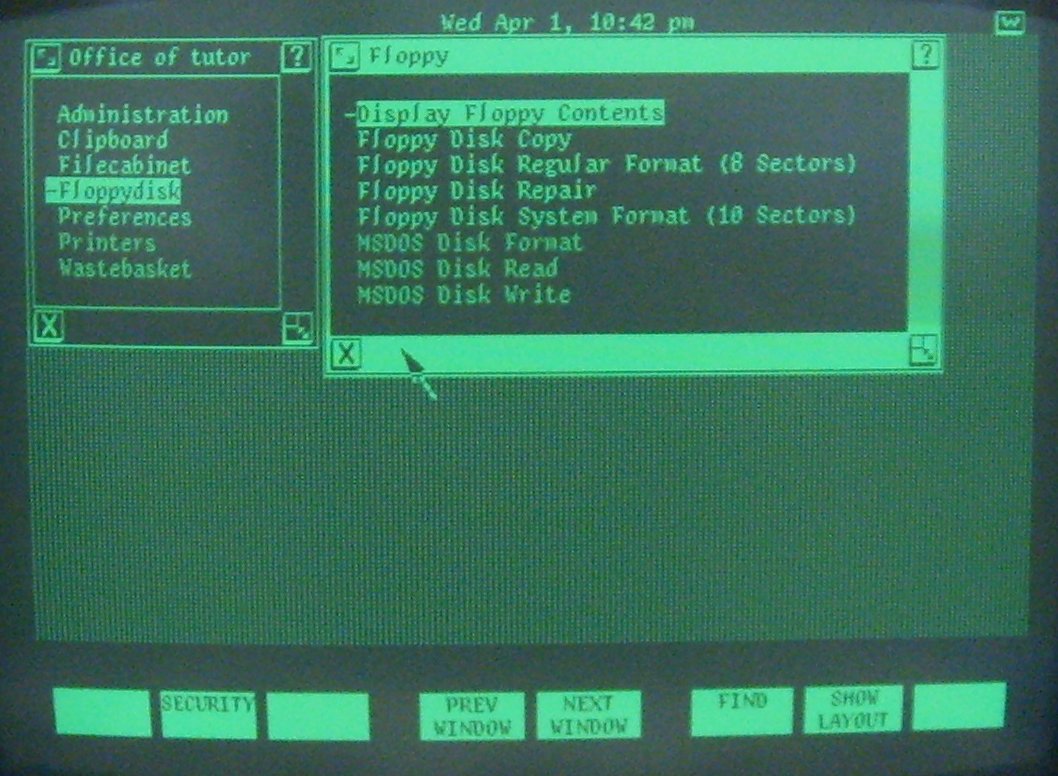

#Unix find file recursively how to#
What is the touch command, and how to use it? In this article, we will look at how to touch all such files and subdirectories recursively, along with a comprehensive breakdown of the commands that are used for this purpose. Often, we have a directory in Linux with multiple subdirectories and files, and we wish to change the timestamps of each subdirectory and file. Additionally, it can create files with no content and a timestamp specified by the user.


Touch is a command in Linux that is used to create and modify the timestamps of a file.


 0 kommentar(er)
0 kommentar(er)
